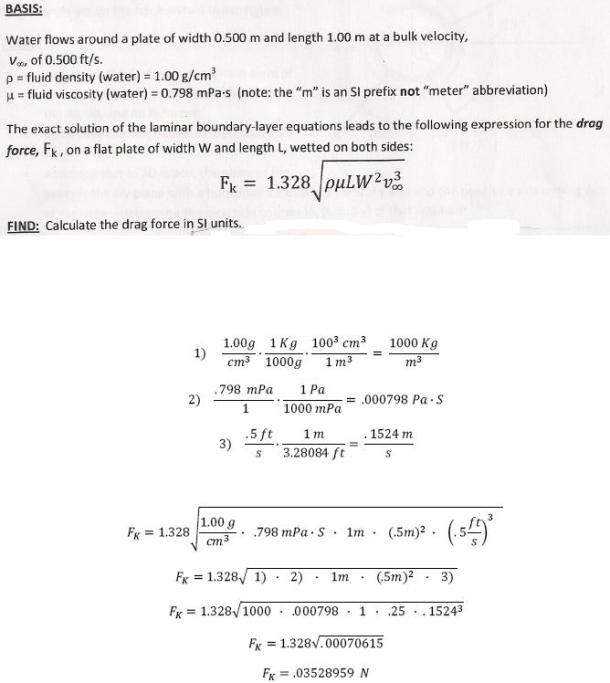statics math problems engineering equations statics basic mechanics school homework engineering math statics formulas statics problems statics problem solutions to statics problems full solution statics engineering statics problem solution statics math problems engineering equations statics basic mechanics school homework engineering math statics formulas statics problems statics problem solutions to statics problems full solution statics engineering statics problem solution
statics math problems engineering equations statics basic mechanics school homework engineering math statics formulas statics problems statics problem solutions to statics problems full solution statics engineering statics problem solution statics math problems engineering equations statics basic mechanics school homework engineering math statics formulas statics problems statics problem solutions to statics problems full solution statics engineering statics problem solution
Water flows around a plate of width 0.500 m and length 1.00 m at a bulk velocity, v=.500 ft/s p=fluid densit (water)=1.00 g/cm^3
u=fluid vescosity (water)=.798 mPaS (note: the "m" is an SI prefix no "meter" abbreviation) The exact solution of the laminar
boundary-layer equations leads to the following expression for the drag force, Fk, on a flat plate of width W and length L,
wetted on both sides: Fk=1.328*(puLW^2v^3)^.5 Calculate the drag force in SI units.

Water flows around a plate of width 0.500 m and length 1.00 m at a bulk velocity, v=.500 ft/s p=fluid densit (water)=1.00 g/cm^3
u=fluid vescosity (water)=.798 mPaS (note: the "m" is an SI prefix no "meter" abbreviation) The exact solution of the laminar
boundary-layer equations leads to the following expression for the drag force, Fk, on a flat plate of width W and length L,
wetted on both sides: Fk=1.328*(puLW^2v^3)^.5 Calculate the drag force in SI units.
